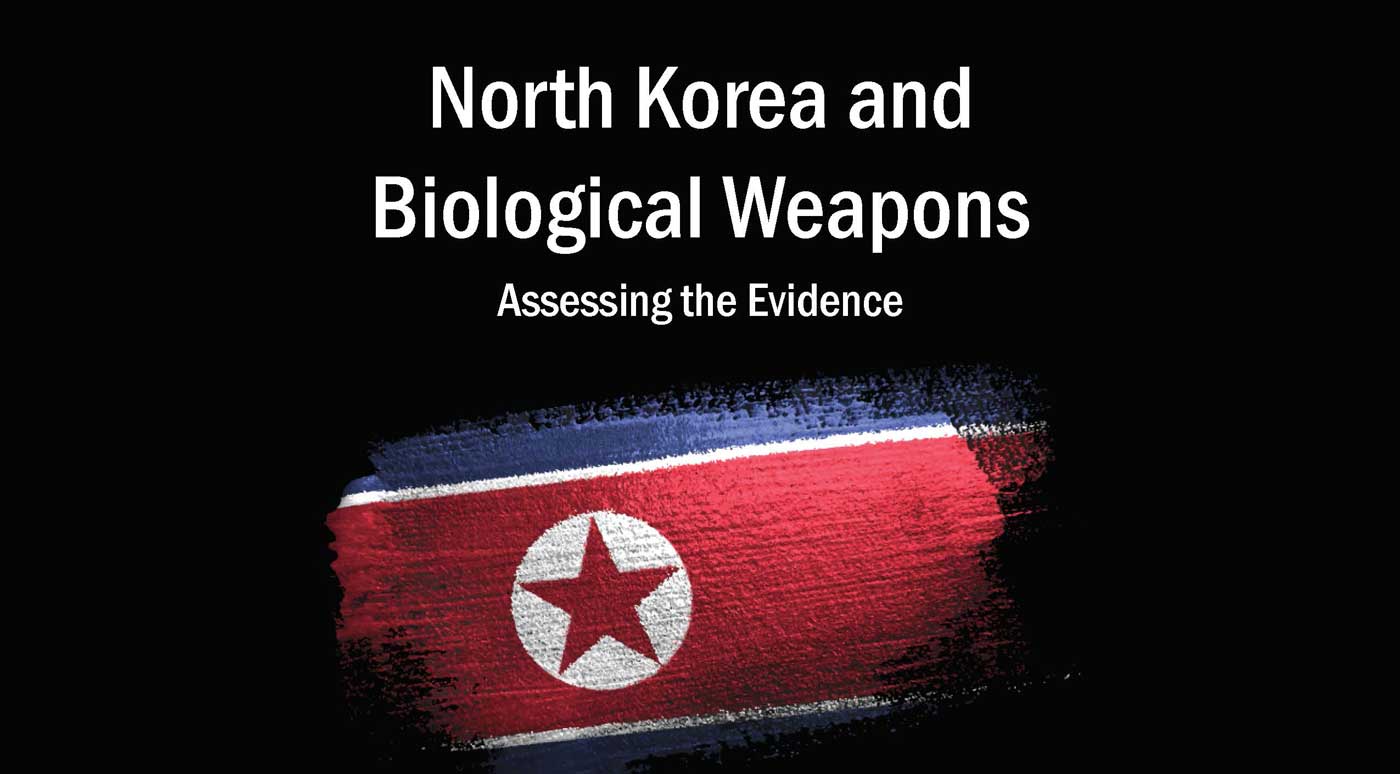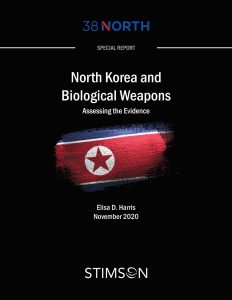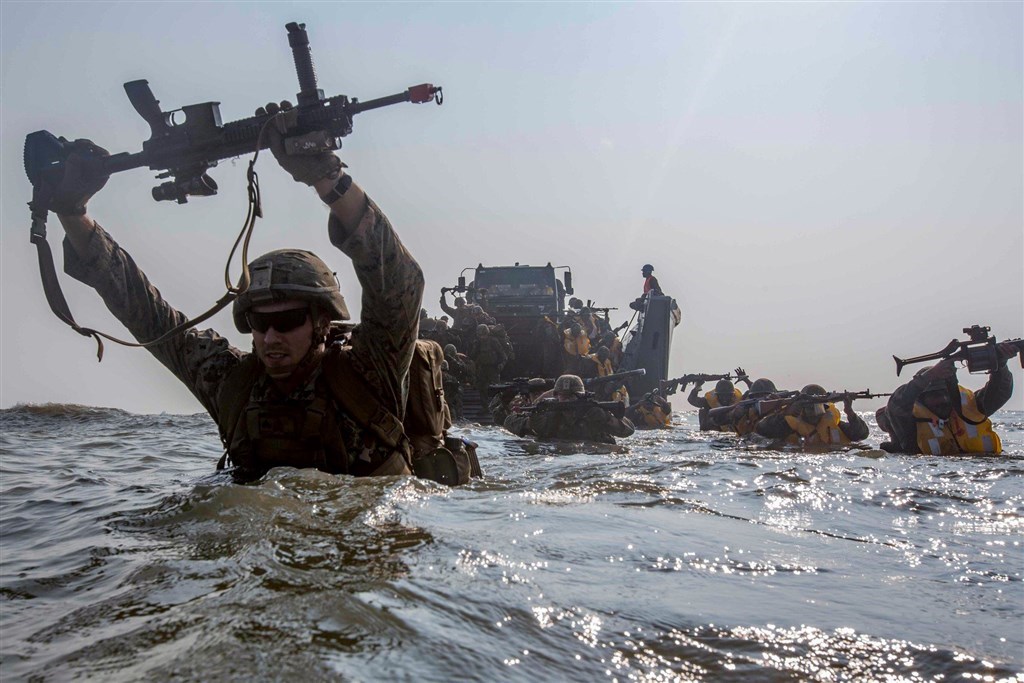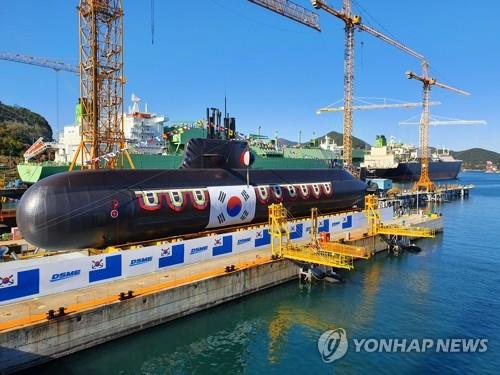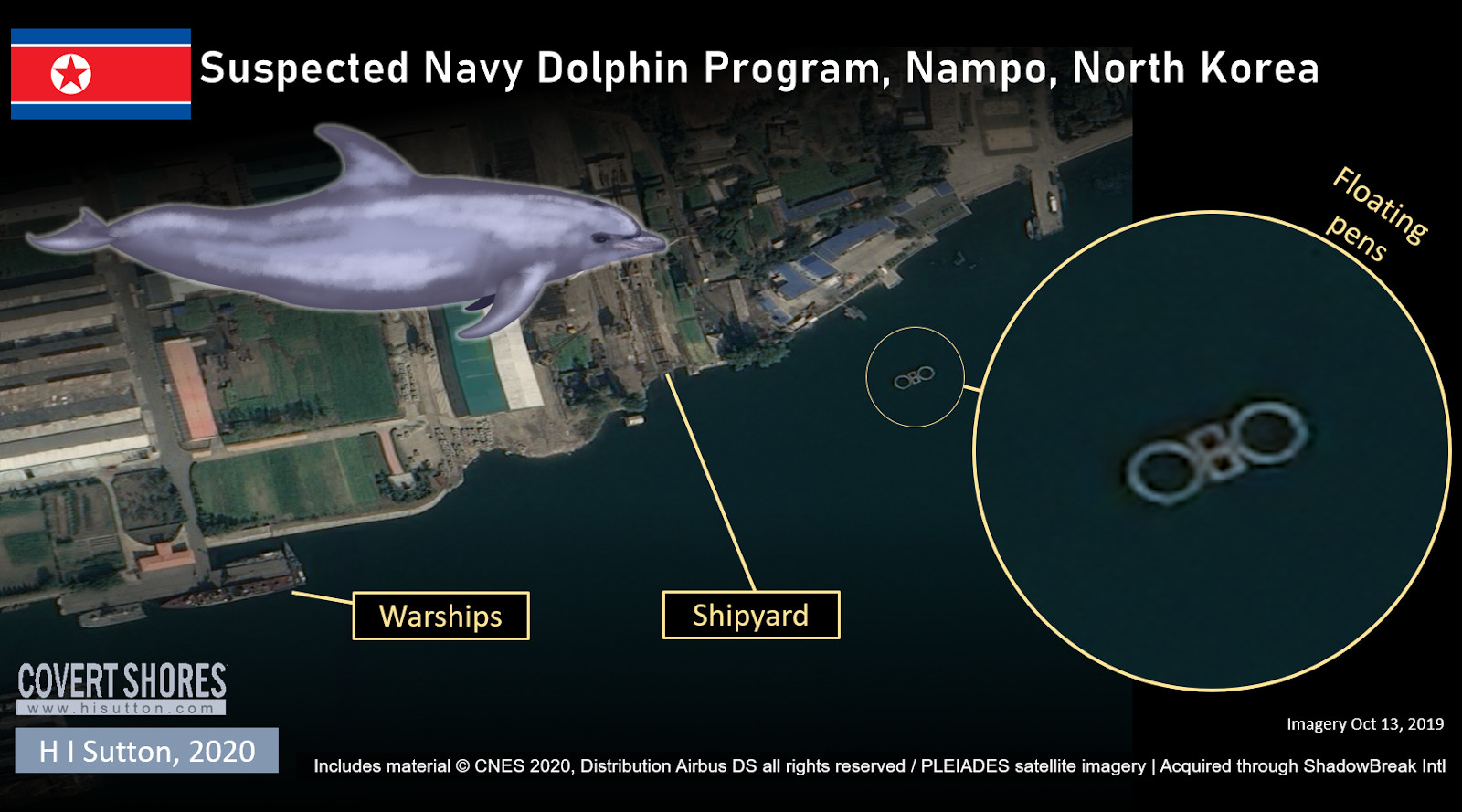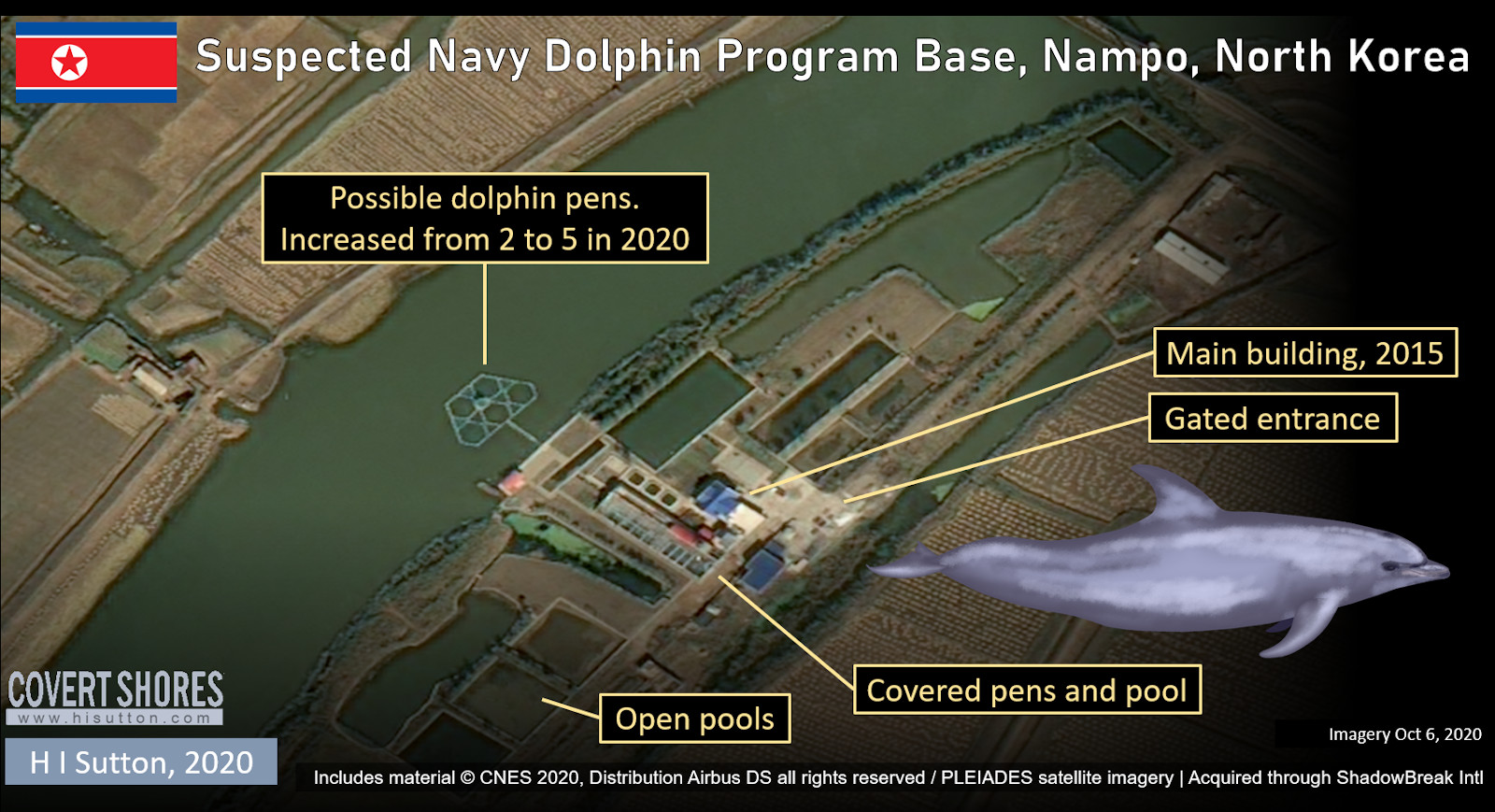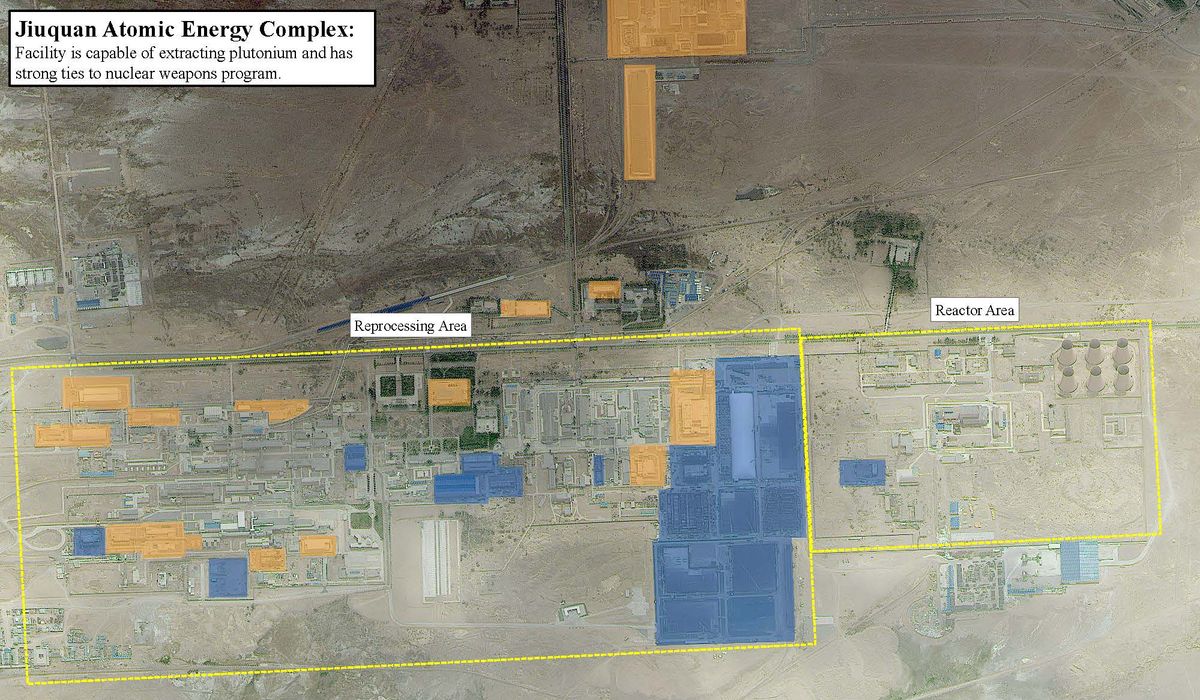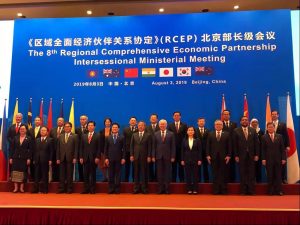EXCLUSIVE: China's 'secretive, crash' nuclear buildup revealed
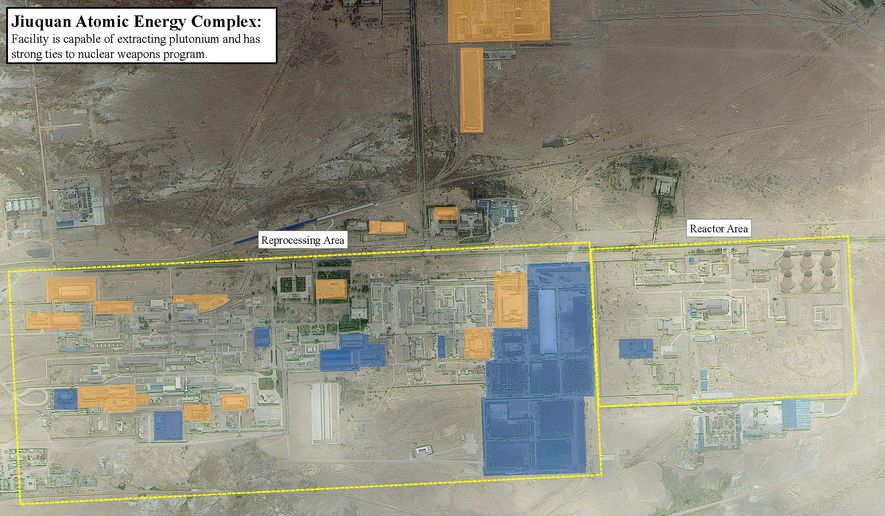
By
Bill Gertz
The Washington Times
Thursday, November 12, 2020
China is rapidly building up its nuclear forces, including the expansion of plutonium and uranium plants as part of a secretive, crash program to add warheads to its growing missile and bomber forces, according to declassified U.S. briefing slides obtained by The Washington Times.
The four slides were part of a recent briefing for NATO allies in the past month on Chinese nuclear forces and show three facilities that appear to have sharply increased in size since 2010.
One plutonium production area, the Jiuquan Atomic Energy Complex, doubled in size at a nuclear reprocessing zone in the past two years alone and added another reactor in the past year.
U.S. officials view the significant construction at Jiuquan as part of what the
Pentagon said recently is a plan by Beijing to double the size of its warhead stockpile in the next decade.
China has more than 200 warheads and is building more for its growing force of multiwarhead missiles.
Intelligence from the briefing challenges widely reported studies on Chinese fissile material production. As recently as 2017, international experts concluded that
China ended plutonium production for weapons in 1991 and uranium production for arms in 1987.
“The world deserves to know what
China is up to. They have never admitted how many nuclear weapons they have and how many they plan on building,” said
Marshall Billingslea, the State Department’s lead envoy for arms control.
“But it is clear from imagery that
China is engaged in a secretive crash buildup of its infrastructure. There is no doubt that
China wants to be on par with the United States and
Russia in terms of its military and nuclear capabilities,” he added.
The academy has been compared to a combination of the
U.S. Energy Department’s
Los Alamos National Laboratory, where nuclear weapons were designed, and the Pantex plant in Texas that assembles the warheads that can deliver nuclear weapons to targets.
The CAEP has been described as a brain trust and the leading institution in
China engaged in nuclear work, both military and civilian. It also conducts extensive financial transactions as part of its international business portfolio.
A third satellite photo made public reveals that
China‘s military reactor complex at Leshan over the past decade grew by about 20 times the size of the original reactor in place in 2010.
Leshan, in southern Sichuan province, is the site used for making nuclear-weapons-related materials and naval nuclear reactors. In the past, a uranium enrichment plant was located in Leshan.
The Leshan complex appears to be part of
China‘s major buildup of nuclear-powered ballistic missile and attack submarines.
An obligation to negotiate
Mr.
Billingslea said Beijing has a legal obligation under the Treaty on the Non-Proliferation of Nuclear Weapons to engage in arms talks.
“For months now, we have been calling on the Chinese Communist Party to come to the table and negotiate in good faith,” he said. “This is not merely an ask that we have. This is an obligation of theirs.
China is legally bound to honor it. The NPT states plainly that all parties must pursue negotiations in good faith.
China is perilously close to standing in violation of the NPT due to their repeated refusals to meet.”
Earlier, the Trump administration declassified new briefing slides on Chinese excavation at the Lop Nur nuclear testing site. Work at the facility recently increased, and the administration has suggested in official reports that
China may have carried out nuclear tests there.
The briefing also included satellite photos of Chinese missiles paraded during the annual national day festivities.
A comparison of parades of missiles since 2009 showed that the latest parade in 2019 was 10 times longer than the first and displayed new missiles such as the DF-17 hypersonic missile, DF-26 intermediate-range ballistic missile, and DF-31 and DF-41 ICBMs, along with the JL-2 submarine-launched missile.
“In the past, I’ve said that in 2019
China launched 225 ballistic missiles. That is a huge number, more than the rest of the world combined,” said Mr.
Billingslea, the arms envoy.
“The same was true in 2018,” he said. “As of October of this year, even with COVID-19,
China has shot off 180 ballistic missiles.”
Adm. Charles Richard, commander of the Strategic Command, told reporters in September that
China‘s nuclear buildup should not be measured by numbers of warheads, which are far fewer than the United States’ 1,550 deployed warheads.
Adm. Richard said a nation’s stockpile is a relatively crude measure of capabilities.
“You have to look at the totality of it: the delivery systems, what they’re capable of, what their readiness is,” he said. “And
China, in particular, is developing a stack of capabilities that, to my mind, is increasingly inconsistent with a stated no-first-use policy.”
China has claimed its nuclear arsenal is far smaller than those of the U.S. and
Russia and that it would not be the first to use nuclear arms in a conflict. That claim is under scrutiny because of the nuclear forces buildup.
“Given the huge gap between the nuclear arsenals of
China and those of the U.S. and the
Russian Federation, it is unfair, unreasonable and infeasible to expect
China to join in any trilateral arms control negotiation,” Geng Shuang,
China‘s deputy permanent representative to the United Nations, told the U.N. General Assembly last month. He called the U.S. demand to join the nuclear talks “a trick to shift the focus of the international community.”
China‘s submarine missile capability is also a concern.
“China now has the capability to directly threaten our homeland from a ballistic missile submarine,” Adm. Richard said. “That’s a pretty watershed moment.”
The annual
Pentagon report on the Chinese military stated that
China‘s nuclear forces will “significantly evolve” in 10 years with advanced weapons and larger numbers of a land-, sea- and air-based delivery system.
“Over the next decade,
China‘s nuclear warhead stockpile — currently estimated to be in the low-200s — is projected to at least double in size as
China expands and modernizes its nuclear forces,” the report said.
It was the first time in decades that the
Pentagon had revealed its estimate of warheads. Some experts say the number is much larger and includes hidden stockpiles of warheads.
A Chinese Embassy spokesman did not return an email request for comment.
China is rapidly building up its nuclear forces, including the expansion of plutonium and uranium plants as part of a secretive, crash program to add warheads to its growing missile and bomber forces, according to declassified U.S. briefing slides obtained by The Washington Times.

www.washingtontimes.com


